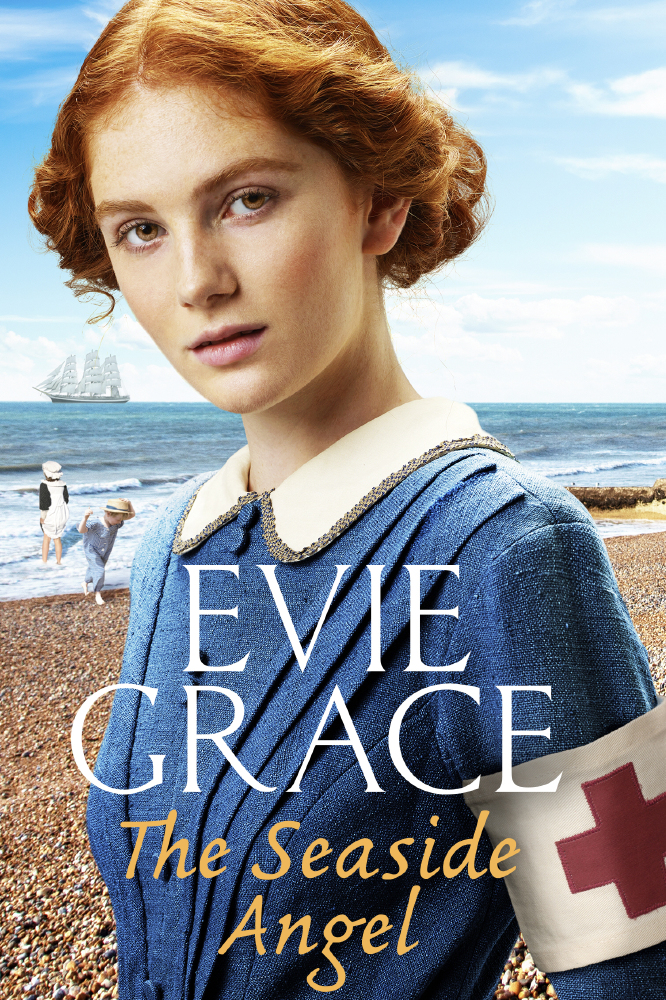When I was carrying out research for The Seaside Angel, my investigations took me in many directions from the history of nursing and healthcare, to the rise of the Victorian seaside resorts and bathing machines. I also diverted into reading about the origins of the menagerie and pleasure grounds. Having discovered that we can learn much from the people who lived in this exciting era of rapid change, I’ve picked five examples.

The Seaside Angel
Keep moving to burn off excess calories.
Hannah, the main character in the book, is a nurse at the Royal Sea Bathing Infirmary in Margate. She would have eaten three or four thousand calories of seasonal and local food daily, yet she didn’t worry about obesity because she was on her feet for up to 14 hours a day, keeping the wards clean and caring for her patients, a lesson for us in the 21st century with our sedentary lifestyles and high sugar, processed diets.
The consumptive look isn’t hot.
Like us, some of the early Victorians put their health at risk in the pursuit of the perfect body. Back then, it was fashionable to have fine hair, pale skin and pink spots on the cheeks, along with a thin figure and waspish waist. Some ladies achieved this by design, others by the unfortunate acquisition of consumption, a form of tuberculosis that infects the lungs.
What life would be like without antibiotics.
Many Victorians died from treatable diseases in the pre-antibiotic era, and I was shocked to learn of the extent of their suffering from illnesses such as scarlet fever and from infections that arose after surgery because there were no antibiotics. It was a reminder of how we are heading for a similar scenario with the rise of resistant bacteria due to the overuse of these wonder drugs. If we don’t develop new ones, we will end up relying on the Victorian methods of ‘treating’ infections with the regime of sea bathing and fresh air adopted by the Royal Sea Bathing Infirmary in Margate, where Hannah works.
How to rebel against social expectations and have fun.
Despite Queen Victoria’s reputation as being rather a stuffy monarch, I found out that the Victorians did know how to let their hair down. Although there were sea bathing machines on Margate beach with hoods to maintain a lady’s modesty, I read a piece about the horror generated amongst the great and good of the town when they saw gentlemen skinny dipping in full view of the promenade.
That you shouldn’t enter a lion’s den, even if the lion-tamer says you can.
During my research into the rise of the menagerie as a great day out for the Victorians, I found out that health and safety was less important than creating an experience for the public. There are contemporary descriptions of an elephant trained to pick up small children with its trunk, and of a couple being married in a lion enclosure. There are also lurid accounts of members of the public being killed by big cats, having been invited into their cages by their handlers hoping for a tip.

